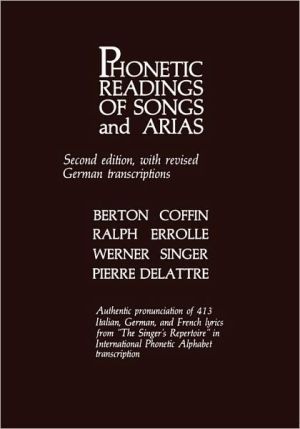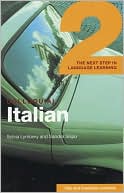In viaggio: Moving Toward Fluency in Italian
The idea for In viaggio, meaning Traveling, was born from drawing upon extensive work with oral proficiency and training. As the name suggests, with In viaggio students continue moving forward in their study of Italian, traveling throughout the regions of Italy and exploring Italian culture throughout the world via the abundant cultural material in the text. In viaggio focuses on and recycles seven major communicative functions, the punti chiave, throughout this Intermediate-level Italian...
Search in google:
The idea for In viaggio, meaning Traveling, was born from drawing upon extensive work with oral proficiency and training. As the name suggests, with In viaggio students continue moving forward in their study of Italian, traveling throughout the regions of Italy and exploring Italian culture throughout the world via the abundant cultural material in the text. In viaggio focuses on and recycles seven major communicative functions, the punti chiave, throughout this Intermediate-level Italian textbook: describing, comparing, reacting and recommending, narrating in the past, expressing likes and dislikes, hypothesizing, and talking about the future. What is unique about this approach and these materials is the idea of narrowing the focus of instruction to seven communicative functions, all of which appear in every chapter from the very first day of the course. The functions are moved to the forefront of the course so students are consciously forced to look at grammar in a different way. In viaggio helps students focus primarily on communicative functions because these functions are continuously repeated throughout the text, even when the content and themes change with each new chapter.
Per cominciare: I sei amiciFaccia a faccia: Incontri con i sei amiciPunti chiave: Introduzione Descrivere Comparativi Reazioni e raccomandazioni Narrazione nel passato Parlare dei gusti Fare ipotesi Parlare del futuroCapitolo 1Prospettive: Percezioni e impressioniSituazioni: Le prime impressioniVocabolario del temaNota culturale: Siamo così sensibili? Angolo culturaleIn giro per l’Italia: il Piemonte, la Lombardia, la Valle d’Aosta Un artista regionale: Carlo Carrà (Lombardia) Italiani nel mondo: gli Stati UnitiPunti chiave: Descrivere [D] e comparativi [C]Lettura: Natalia Ginzburg, “Lui e io”A scrivere!Parlando del temaCapitolo 2Legami affettivi: la famiglia, gli amici, il passatoSituazioni: “Mia madre viene a trovarmi. Mamma mia!”Vocabolario del temaNota culturale: I soprannomiAngolo culturaleIn giro per l’Italia: il Veneto, il Trentino Alto-Adige, il Friuli-Venezia Giulia, l’Emilia-Romagna Un artista regionale: Tiziano (Veneto) Italiani nel mondo: l’ArgentinaPunto chiave: Reazioni e raccomandazioni [R]Lettura: Stefano Benni, “I quattro veli di Kulala”A scrivere!Parlando del temaCapitolo 3Le passioni: Quali sono le nostre passioni? Situazioni: Un’esperienza indimenticabileVocabolario del temaNota culturale: Le passioni degli italianiAngolo culturaleIn giro per l’Italia meridionale Un artista regionale: Enrico Caruso (Campania) Italiani nel mondo: la SvizzeraPunto chiave: Raccontare del passato [P]Lettura: Domenico Rea, “L’americano”A scrivere!Parlando del temaCapitolo 4Il lavoro e l’ozio: Come ti rilassi? Situazioni: Occorre festeggiare di più!Vocabolario del temaNota culturale: Chi ama più le feste? Angolo culturaleIn giro per l’Italia: la Sicilia, la Sardegna Un artista regionale: Giuseppe Tornatore (Sicilia) Italiani nel mondo: Il BrasilePunto chiave: Parlare dei gusti [G]Lettura: Grazia Deledda, Canne al ventoA scrivere!Parlando del temaCapitolo 5Il mondo attuale: Che influenza hanno su di noi i problemi del mondo? Situazioni: Questo mondo nostroVocabolario del temaNota culturale: I cinque poteri invisibili del QuirinaleAngolo culturaleIn giro per l’Italia: il Lazio, l’Umbria, gli Abruzzi, il Molise Un artista regionale: San Francesco e Santa Caterina (Umbria) Italiani nel mondo: all’estero, dove vivono e che lavoro fannoPunto chiave: Fare ipotesi [I]Lettura: Clara Sereni, CasalinghitudineA scrivere!Parlando del temaCapitolo 6Il futuro: Cosa ci aspetta nel futuro? Situazioni: PreparativiVocabolario del temaNota culturale: La nuova multietnicità italianaAngolo culturaleIn giro per l’Italia: la Liguria, la Toscana, le MarcheUn artista regionale: Roberto Benigni (Toscana) Italiani nel mondo: … e oltrePunto chiave: Parlare del futuro [F]Lettura: Italo Calvino, “Gli anni luce”A scrivere!Parlando del temaSpiegazione grammaticale: I punti chiavePunto chiave: Descrivere [D]A. AgreementB. Essere, stare, and avereC. Past participles used as adjectivesD. Form, uses, and omission of the definite articlePunto chiave: Comparativi [C]A. Comparisons of equalityB. Comparisons of inequalityC. Irregular comparative formsD. SuperlativesPunto chiave: Reazioni e raccomandazioni [R]A. Formation of the present subjunctiveB. Formation of the past subjunctiveC. Formation of the imperfect subjunctiveD. Formation of the pluperfect subjunctiveE. Using the subjunctive in noun clausesF. CommandsPunto chiave: Raccontare del passato [P]A. Formation of the preterite and imperfectB. Using the preterite and imperfectC. Verbs with different meanings in the preterite and imperfectD. The past definiteE. The pluperfect tensesF. Agreement of the past participlePunto chiave: Parlare dei gusti [G]A. Direct object pronounsB. Indirect object pronounsC. Double object pronounsD. Piacere and similar verbsPunto clave: Fare ipotesi [I]A. Imperfect and plupefect and sequence of tensesB. The conditionalC. HypothesizingPunto clave: Parlare del futuro [F]A. The future tenses – formationB. Using the future tenses to talk about the futureC. The future of probabilityD. Verbs in adverbial clausesRiferimenti di grammatical: altri punti grammaticaliA. Pronouns ci and neB. Prepositions and verbs that take prepositionsC. Sapere and conoscereD. Relative pronounsE. Time expressions: prepositions, conjunctions, and verb tensesF. Passive forms and the si impersonaleG. Causative constructionAppendice 1: A fare pratica! Answer KeyAppendice 2: Verb ChartsVocabolario Italiano-IngleseIndexAbout the Authors

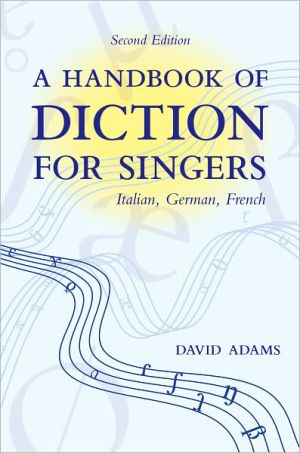
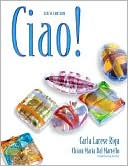
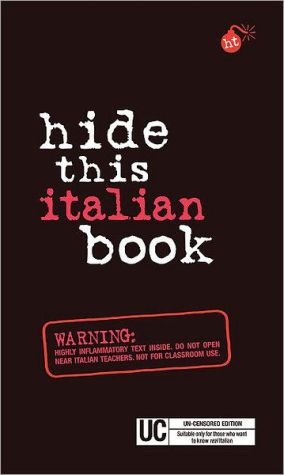
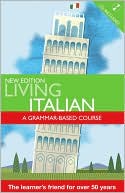

![Berlitz Essential Italian [With CD (Audio)] Berlitz Essential Italian [With CD (Audio)]](/application/data/covers/45/85/9789812684585.jpg)
